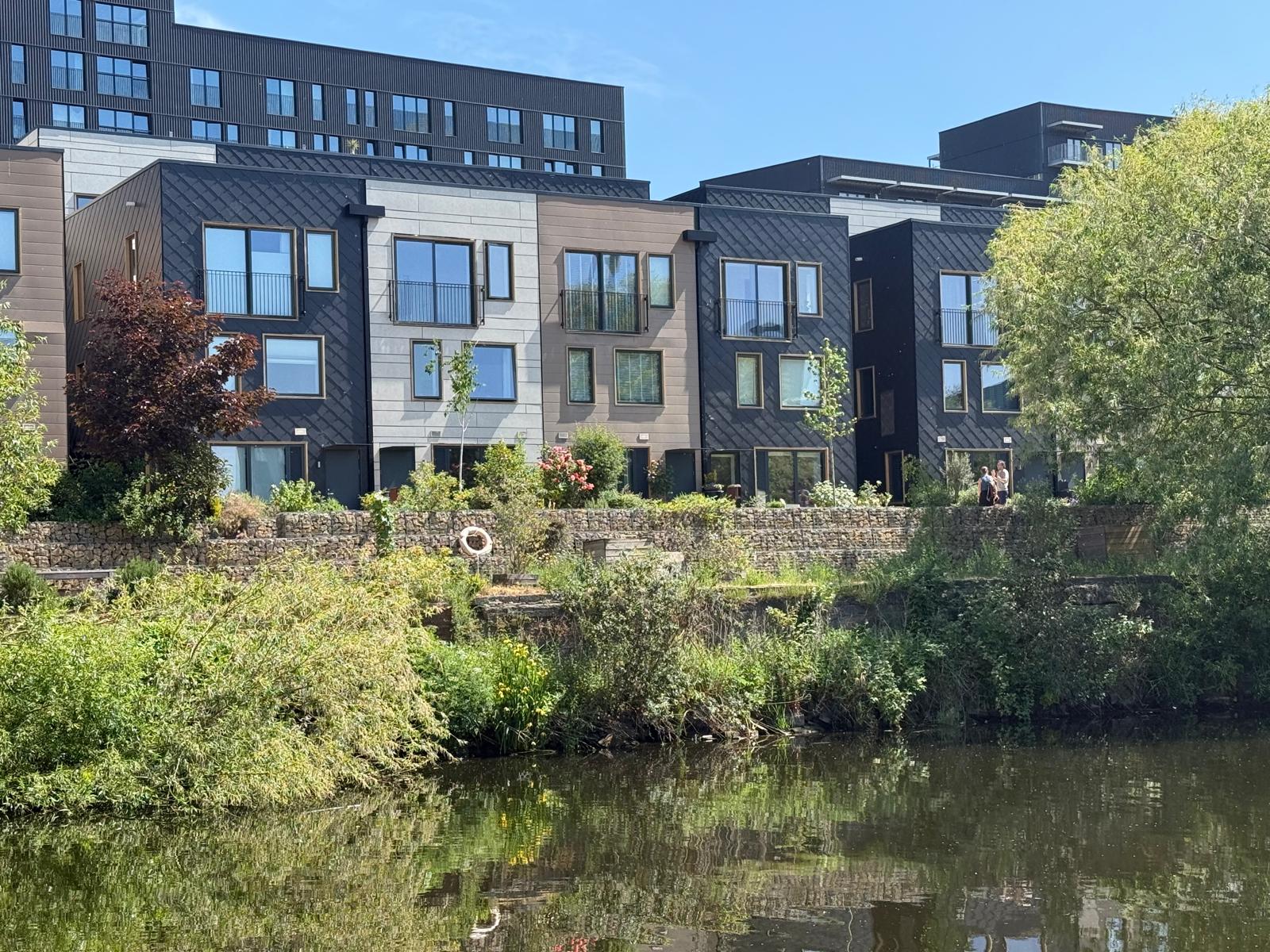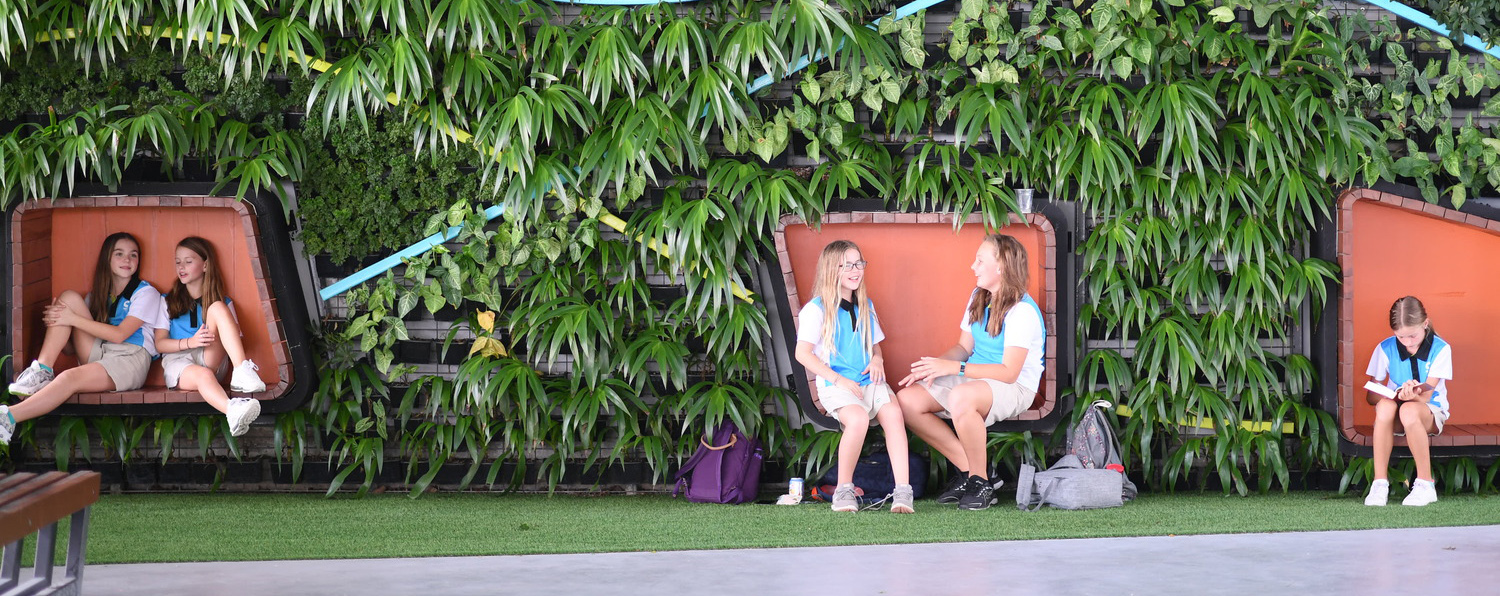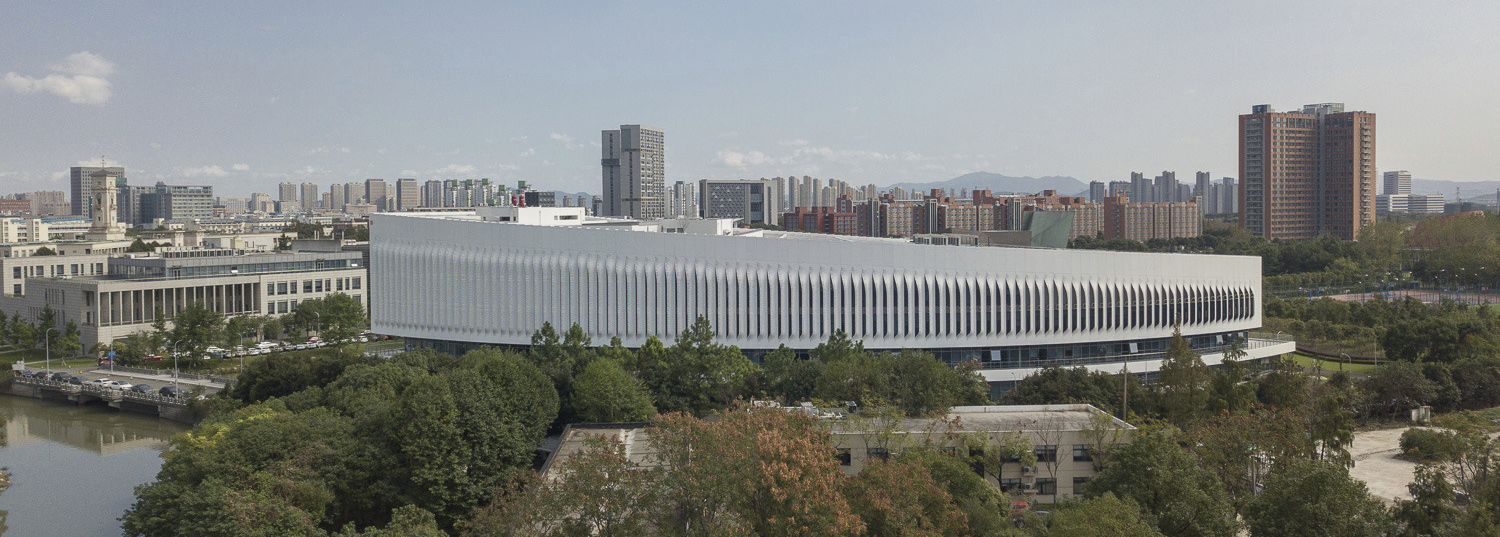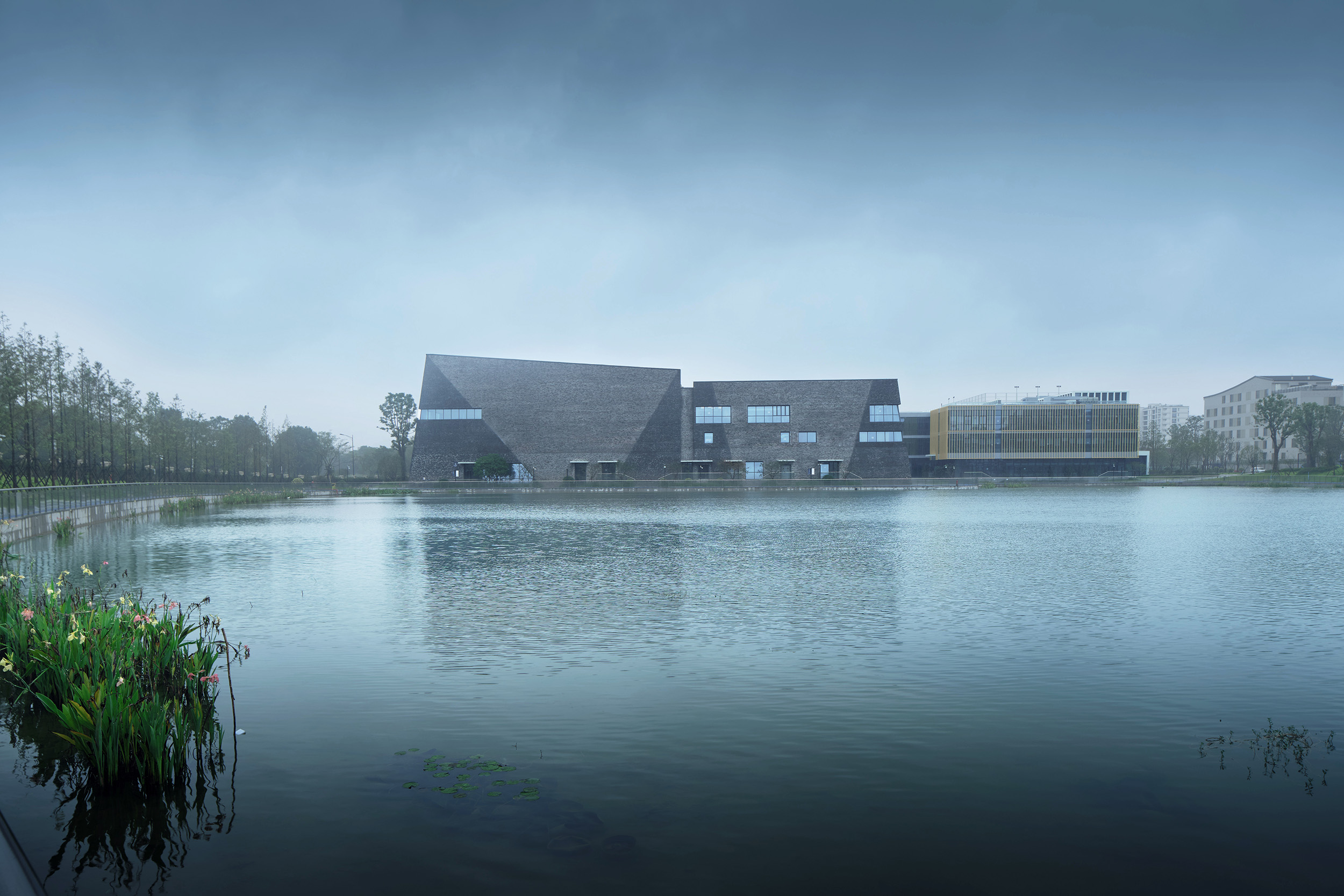Bright Ideas for a Sustainable Future
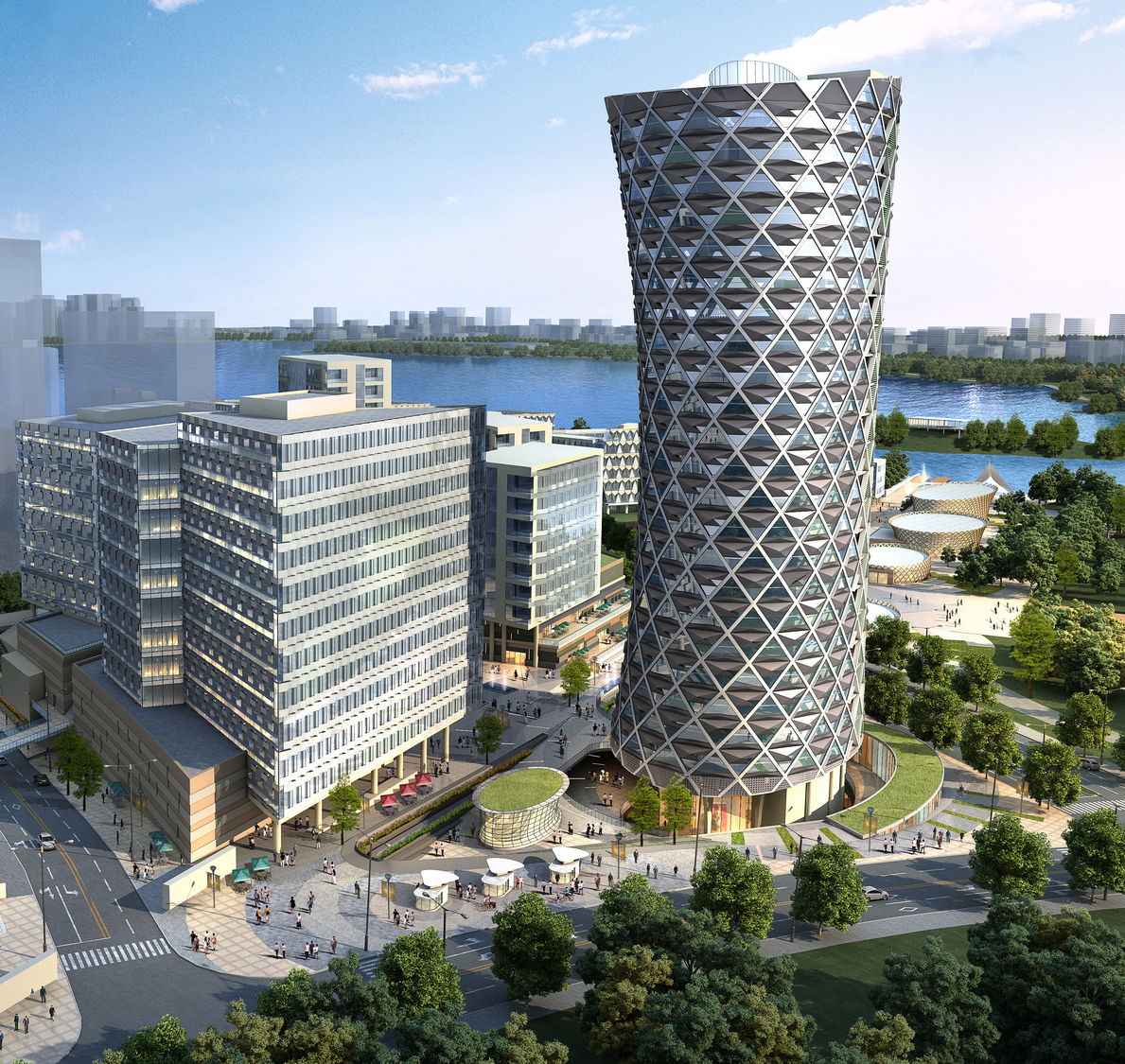
Our love of environmental design follows research at the Manchester School of Architecture. And a thesis, “Techno Tree Hugging, A Position on Environmentalism for Architecture”. We are recognised as an advocate of new thinking about sustainability and are currently assisting Broadway Malyan with their on-going Environmental Design Strategy.
In China at a time when sustainability was a bolt on topic for a typical building, Studio Hoodless founder, Harry Hoodless, presented Fabric First at a conference run by the DIT and BRE, well ahead of the recognition this term has today. Following this our competition winning submission for A New Creative Quarter in Chengdu, provided a new rigour to concept design work undertaken in the region. The project saw collaborative practice between engineers and architects earlier in the process than was typical, and resulted in quantifiable energy innovations. This included work with the BM team to use a visual programming tool for the resolution of a façade for a complex tower on the site. Judges were used to seeing 100% glazed proposals, we proposed a dynamic workplace façade that was 55% solid to meet the requirements of the energy study.
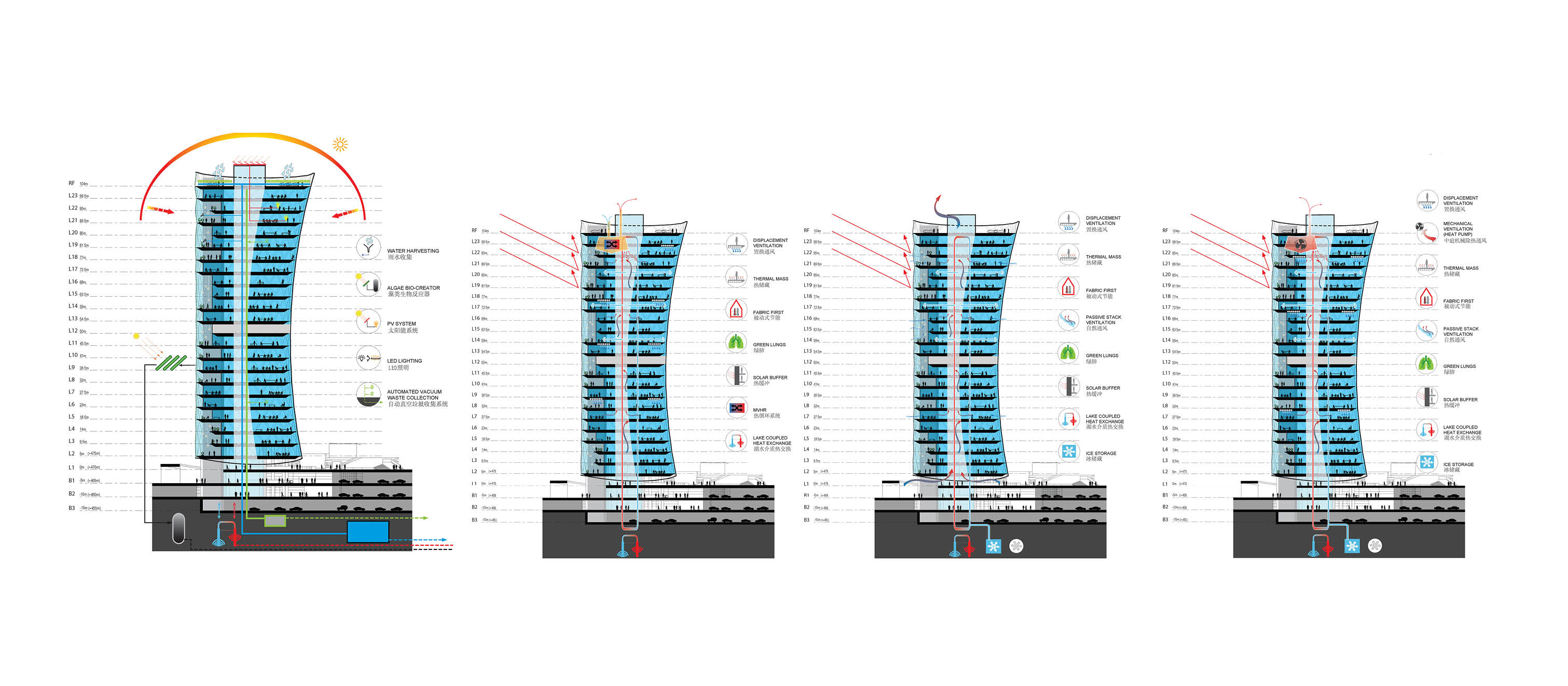
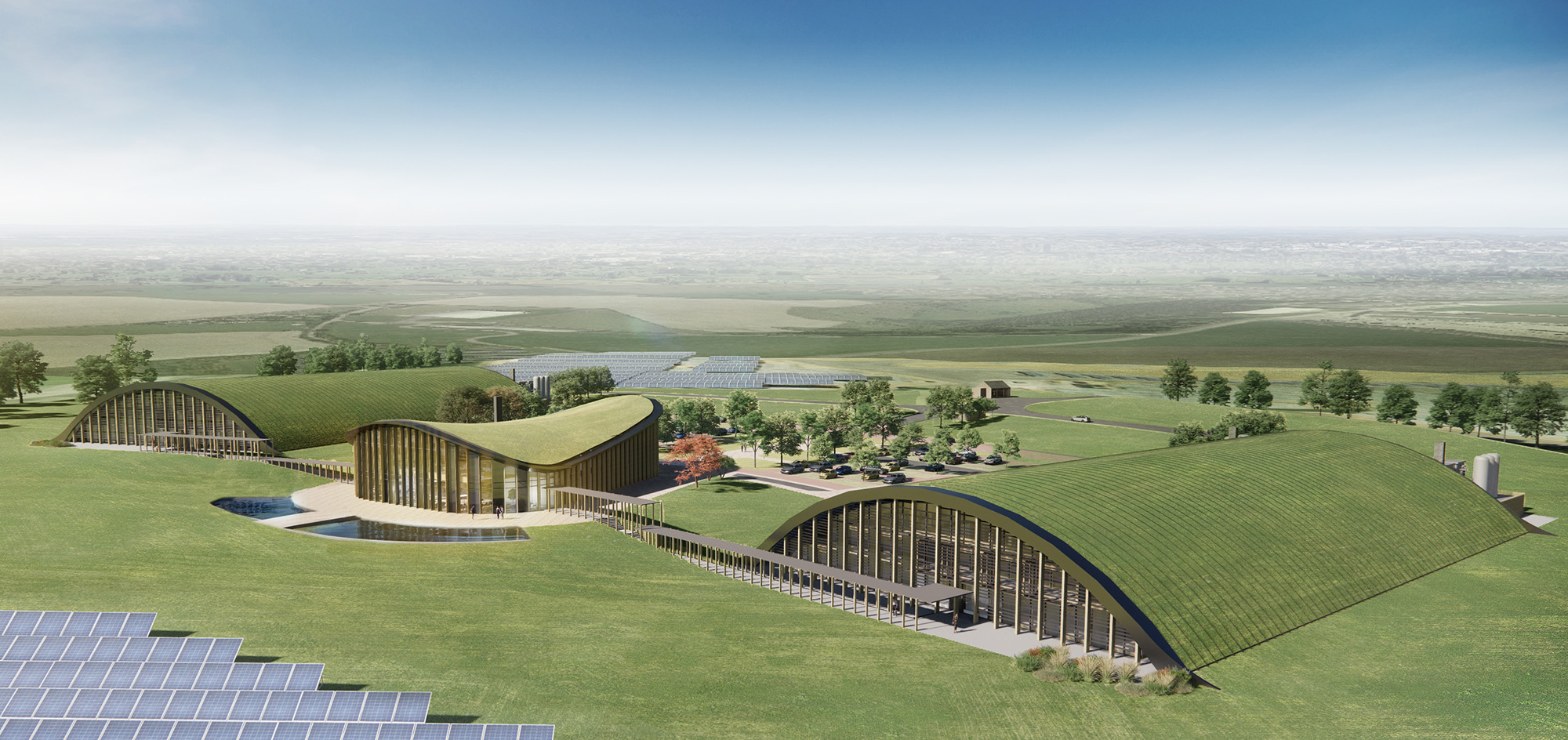
Innovative ecological and technological propositions provide radical, hybrid, practical and sustainable answers to environmental problems.
Our recent work in the UK progressed thinking on how material could be tracked from its source and considered an asset. The International Centre for the Circular Economy project considers its buildings as material banks. Much like the cycle of a natural organism in its ecosphere, we asked what value do designed components have in the future to the construction industry? This question enabled discussion about design for disassembly that didn’t alter the position on form and context for the building but resulted in innovative structural and building fabric solutions.
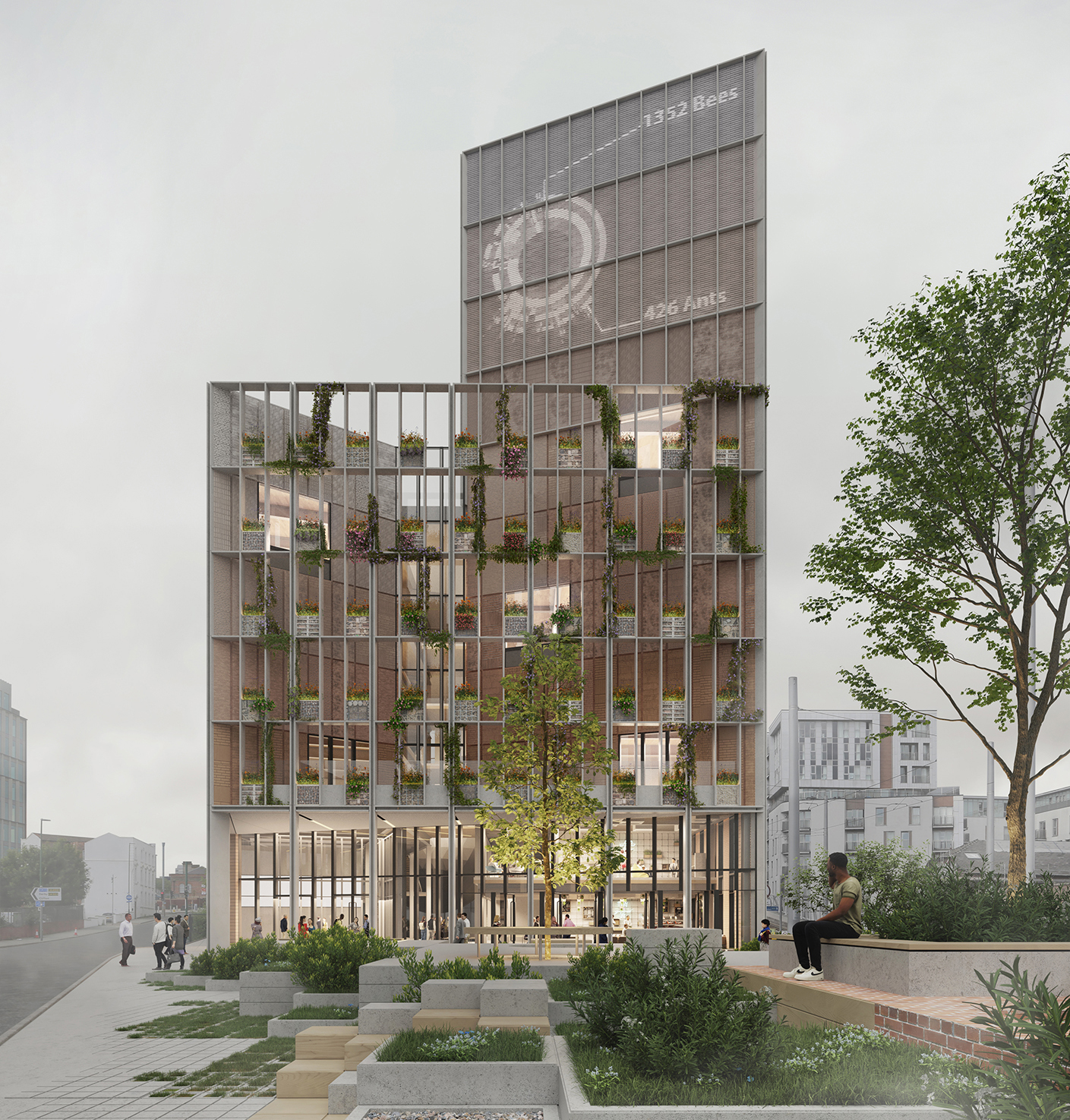
This work was explored further in the competition submission for the University of Nottingham’s, Digital Nottingham building. A flexible workplace environment that featured a series of immersive digital experiences for students and academics to explore data in new ways. The concept used open-source data collection to theoretically “mine” material from the local Anthropocene. This would be used to build a unitised building envelope for a scheme that also proposed the use of sensor technology to describe the building’s positive and negative effects on biodiversity and climate in real time to the wider community.
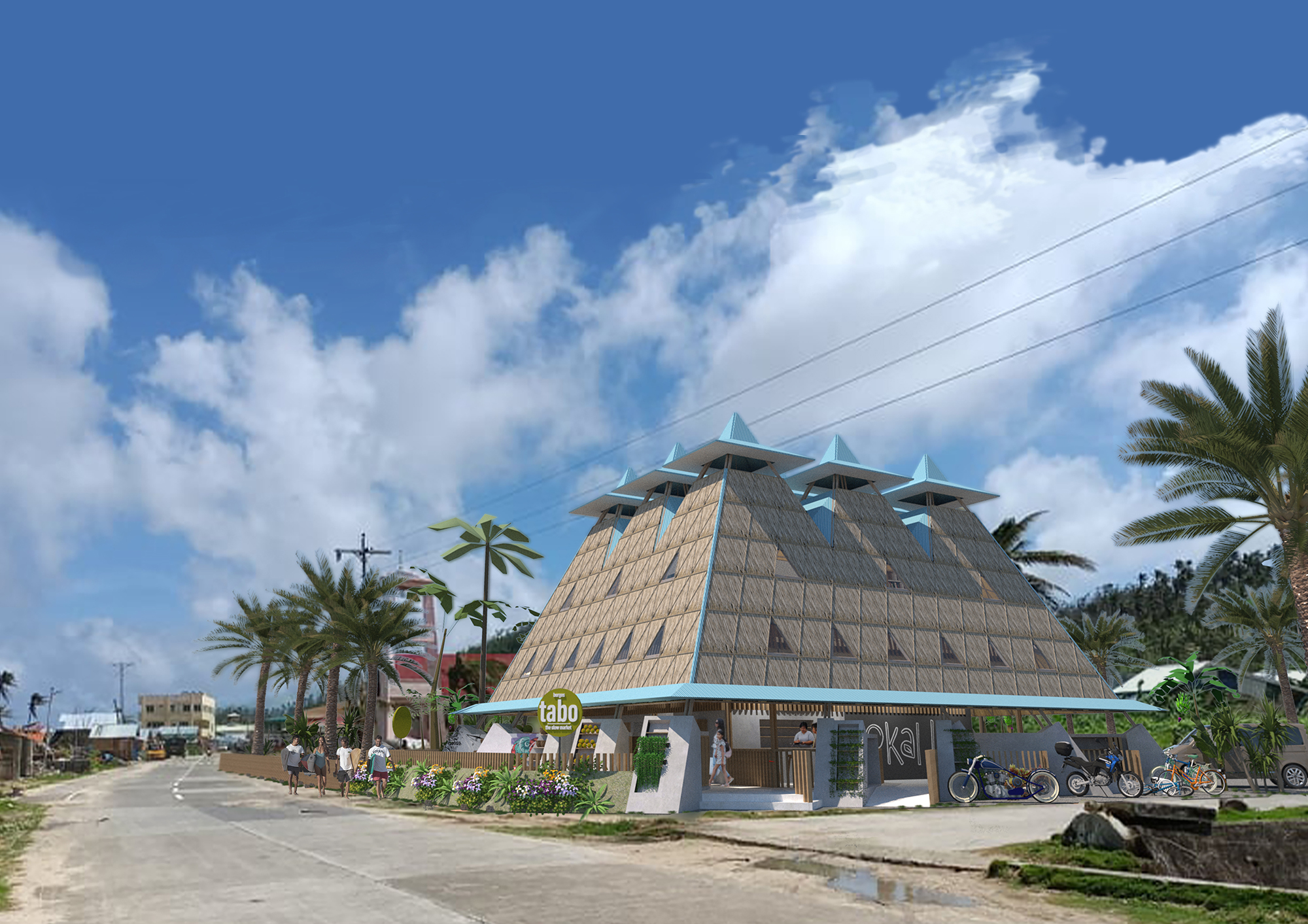
Studio Hoodless is now using open design competitions as a vehicle for further research by design and was a finalist for a recent submission to develop proposals for a community marketplace or Tabao in Siargao, East Philippines. The project proposed to use ancient building techniques in a modular system which enables rapid disassembly and re-assembly. The concept aims to mitigate the devastating effect of typhoons on the island’s infrastructure.
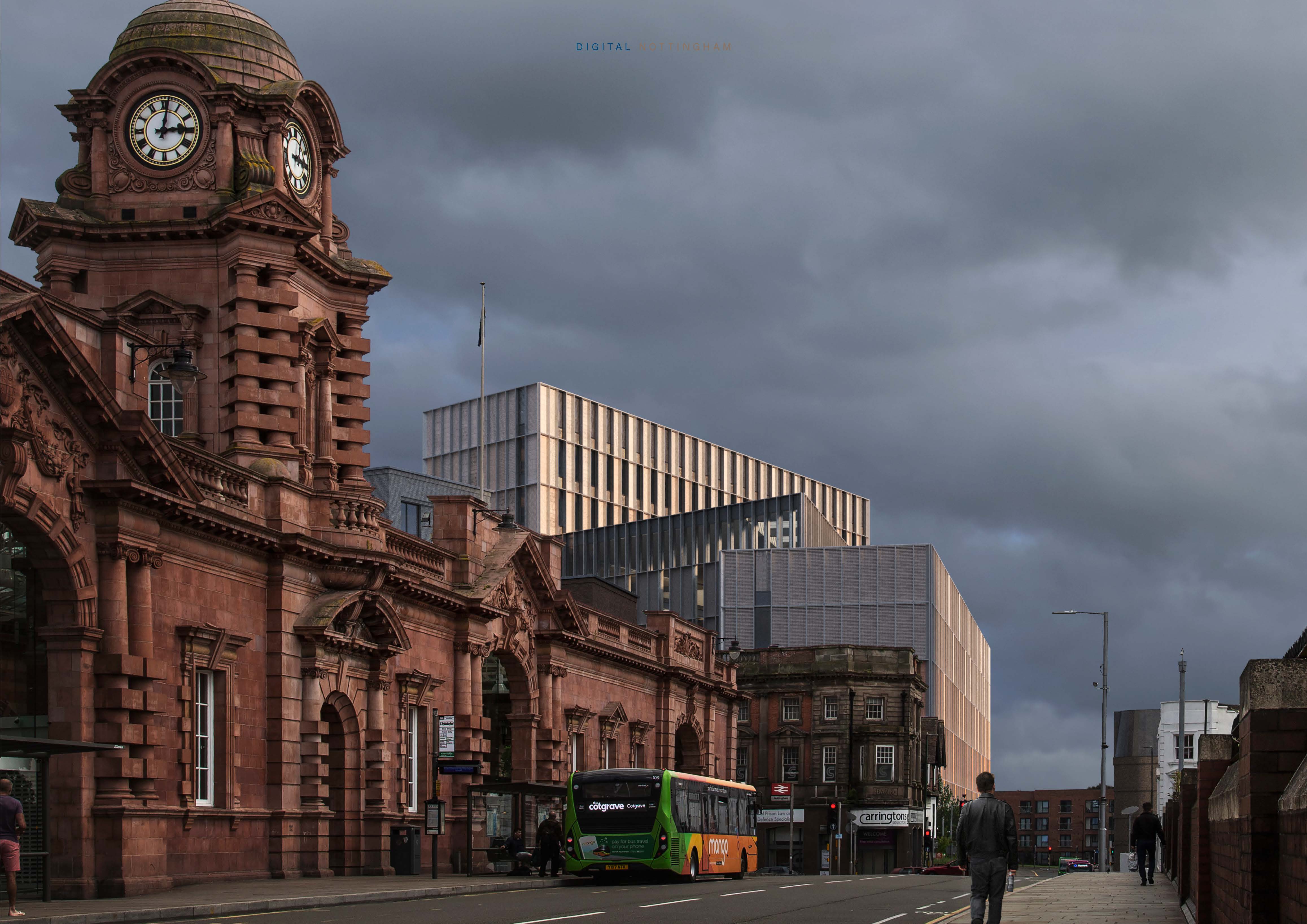
More Bright Ideas
Our portfolio is the story of our bright ideas to date, raising questions for further research by design and experimentation.
Our Manifesto
Our ambition is to devise and nurture solutions to global problems and make sustainable places for everyone.


